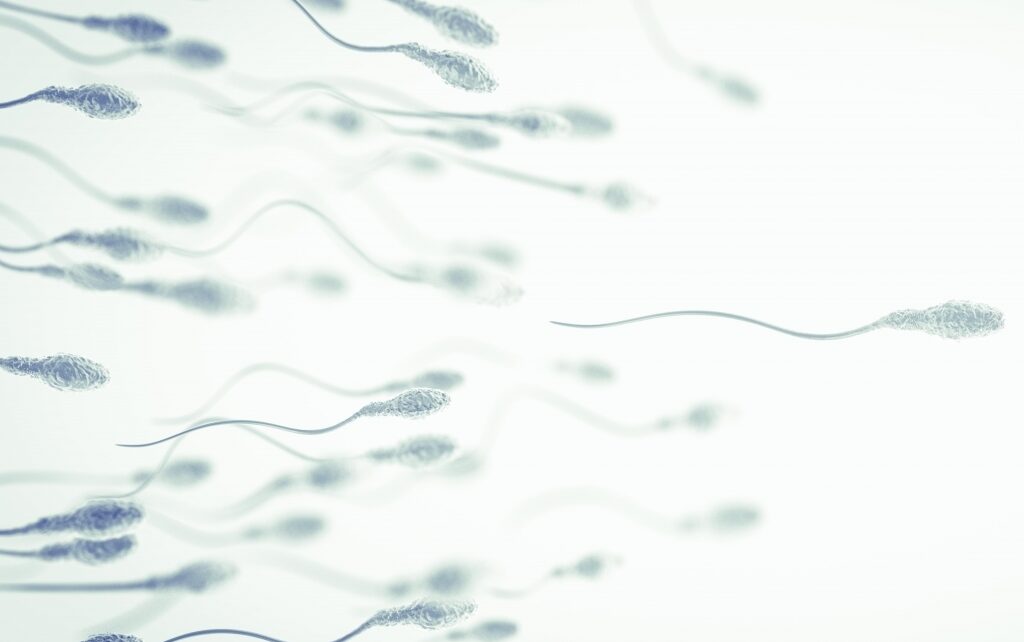
Sperm capacitation
The spermatozoa in ejaculate need to have gone through a process known as sperm capacitation in order to obtain the ability to fertilise. This happens naturally in the female reproductive system and techniques in order to make it happen in the laboratory have been undergoing development for many years.
Índice
“In vivo” sperm capacitation
In vivo capacitation takes place thanks to the secretions that occur in the female reproductive system. Spermatozoa need to travel through the cervix where a mucus is secreted and that is modified depending on the specific time of the menstrual cycle. It acts, on the one hand, as a filter and only allows passage of morphologically normal spermatozoa and, on the other, it facilitates their viability. As the spermatozoa continue on their journey towards the oocyte, they undergo capacitation. This includes the changes in spermatozoa membranes required for fusion with the oocyte.
Types of in vitro capacitation
When assisted reproduction technology (ART) is used, this phenomenon needs to be reproduced in vitro. There are two main capacitation techniques: swim-up and density gradients.
Swim-up is the oldest and most widely used of the two techniques and it consists of settling all the cells from the ejaculate at the bottom of a tube. A small quantity of growth medium is added and the sample is incubated so that the mobile sperm can break away from the concentrate in the bottom of the tube up to the growth medium. There they are recovered so that they can be used in different ARTs. Density gradients is the choice technique for conventional in vitro fertilisation because it gives high mobile sperm recovery rates and avoids putting the rest of the cells through the gradients. As a result, the samples obtained are more pure. It consists of making the spermatozoa travel through a very dense medium so that only the mobile ones and those with the best morphology make it.
Some of the mechanisms that take place during sperm capacitation have been figured out of the last few years. Basic capacitation techniques, however, have remained the same because they are simple yet highly effective.
Optimization of sperm selection
To capacitation we can also add selection techniques such as MACS columns in order to exclude spermatozoa that have reached programmed cell death stage; hyaluronic acid that facilitates mature spermatozoa selection; and microfluidic devices to select spermatozoa that are free of DNA fragmentation.
Capacitation is always necessary in order to achieve fertilisation capacity in the spermatozoon. The decision to use additional specific selecting techniques is taken based on male factor and medical history analyses.
Correct use of in vitro sperm capacitation and selection have a direct impact on the effectiveness of ARTs. Therefore, it is important to have access to appropriate human and material resources in order to carry it out.
IT MAY ALSO BE OF INTEREST TO YOU:
- Male Fertility Genetics Test
- How can the best spermatozoon for fertilising an egg be selected?
- MACS and other sperm selection techniques
- ICSI. Intracytoplasmic Sperm Injection
María Carmen Tió, Biologist Instituto Bernabeu
